The original Renault Twingo was never officially sold in the UK. It was on sale in the rest of Europe for 14 years, and even longer in parts of South America.
It was a blinky-eyed monobox to look at, but it was built in the best tradition of French city cars: dirt cheap, with the packaging flair of a magician’s hat and spartan, state-run charm to spare.
I passed one shuffling its way down the autoroute with four Gallic Inbetweeners on board, and for a fleeting second or two the vision epitomised the cost-light and carefree appeal of the breed.
It was shorn of headrests and practically see-through due to its gawky windows, but the occupants could hardly have looked more content if they’d been riding BMXs lashed together with girls’ underwear.
We can’t all be insouciant French teenagers, of course, but the A-segment’s tacit connection to that first flush of liberty is very real, and, spiritually, it’s the same intangibly lighthearted and fun-to-drive spark that we prize most highly in new city cars.
That, more than anything else, is why we’ve always slightly tempered our praise for the Volkswagen Up. Objectively, it’s brilliant.
To measure the new Twingo against it, we had to get the VW down to Nantes, and truthfully there is no other pint-sized automobile in the world quite so well suited to 500-odd miles of péage.
The five-door Groove Up on test is an admittedly high-spec trim level, yet even the lesser versions are carriers of that crucial VW gene: an aspirational hybrid of quality and proficiency, cleverly undiluted by downsizing. You emerge from a long motorway journey utterly uncreased and not a little impressed.
Nevertheless, I still find it hard to dote on the car, never able to quite escape the nagging feeling that Volkswagen has made a better job of shrink-wrapping the Volkswagen Golf’s civility than it has the panache.
Minoring on the fun is perhaps one symptom of its staunchly conventional approach. The Up is a cut-down front-drive, front-engined hatchback so exempt from idiosyncrasies that the driver’s inability to lower the passenger’s window is considered significant.
It makes Renault’s response, the rear-engined, rear-drive Twingo, seem fabulously eccentric until you recall that the Up started out the same way before Volkswagen baulked at the associated development costs.

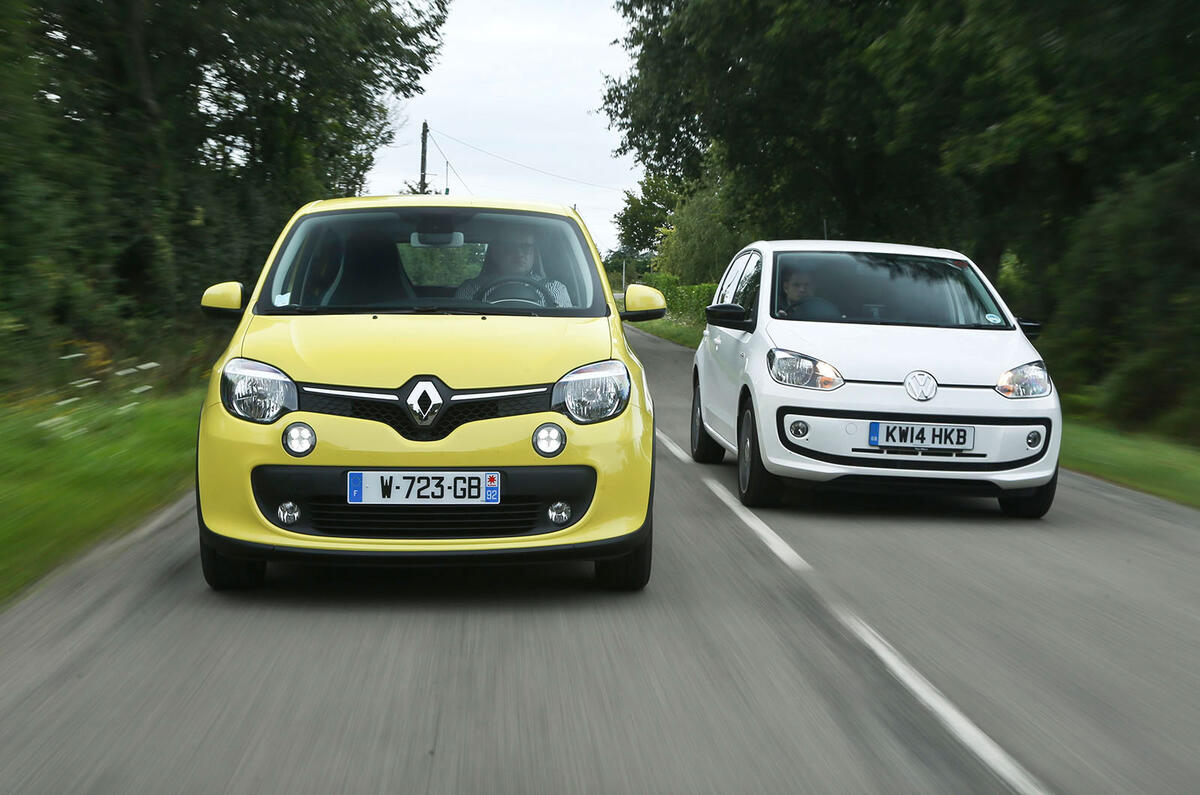
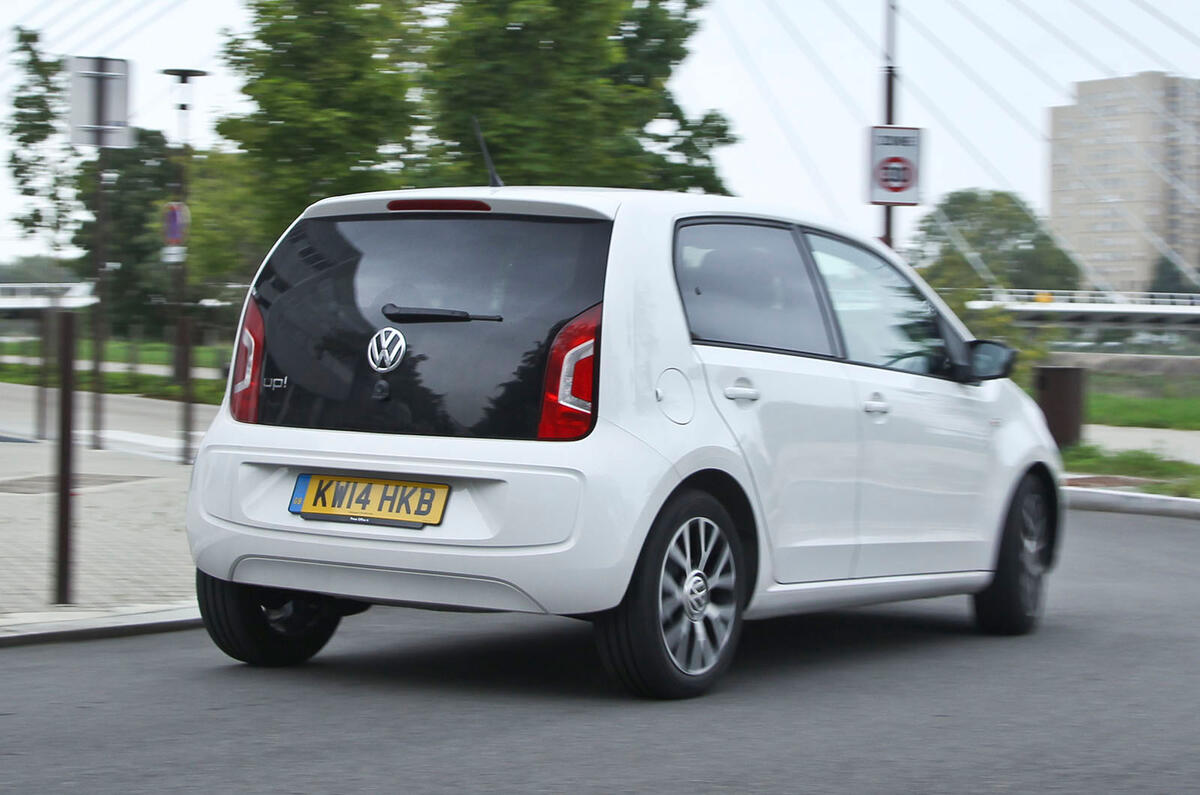
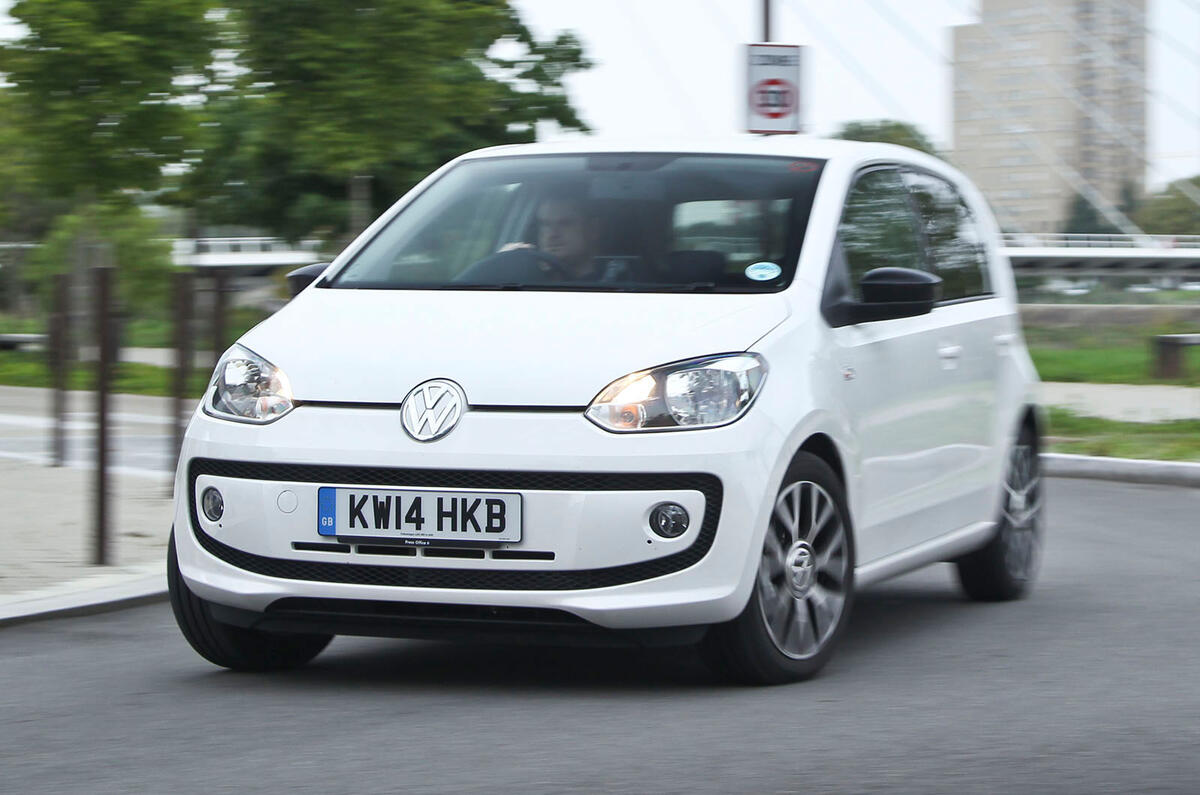
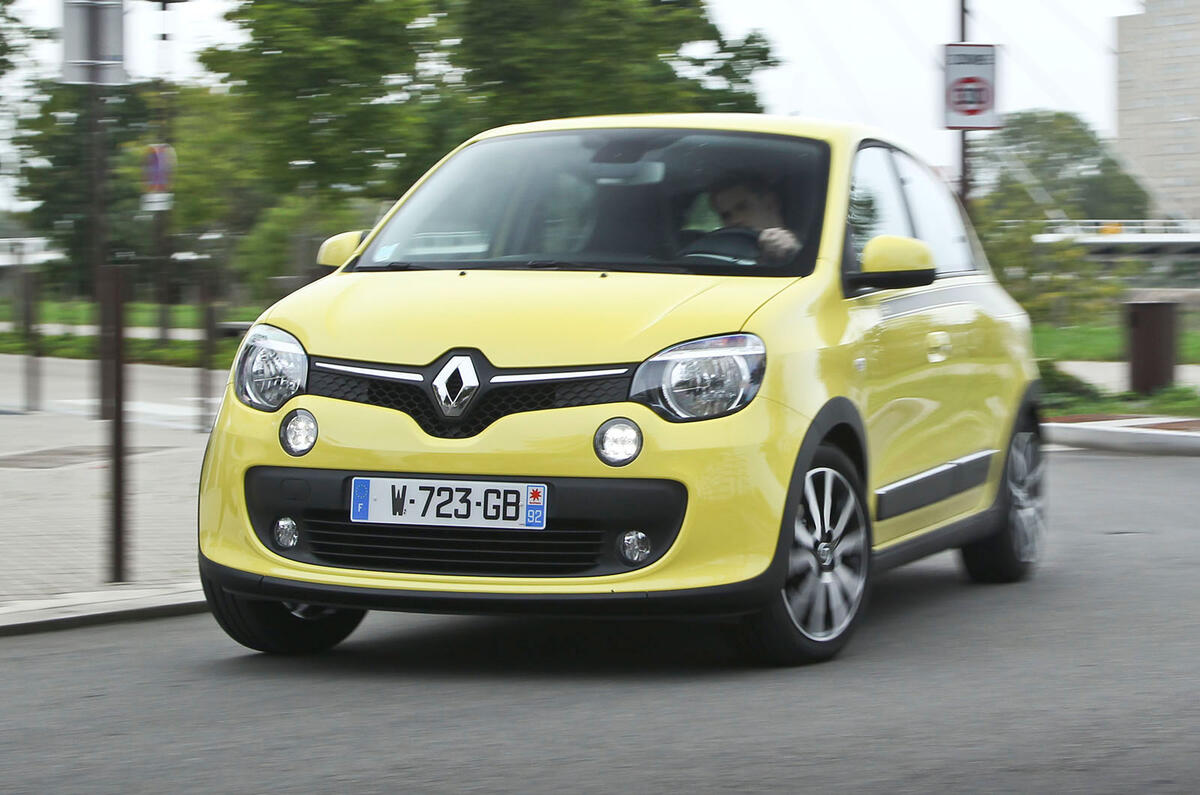
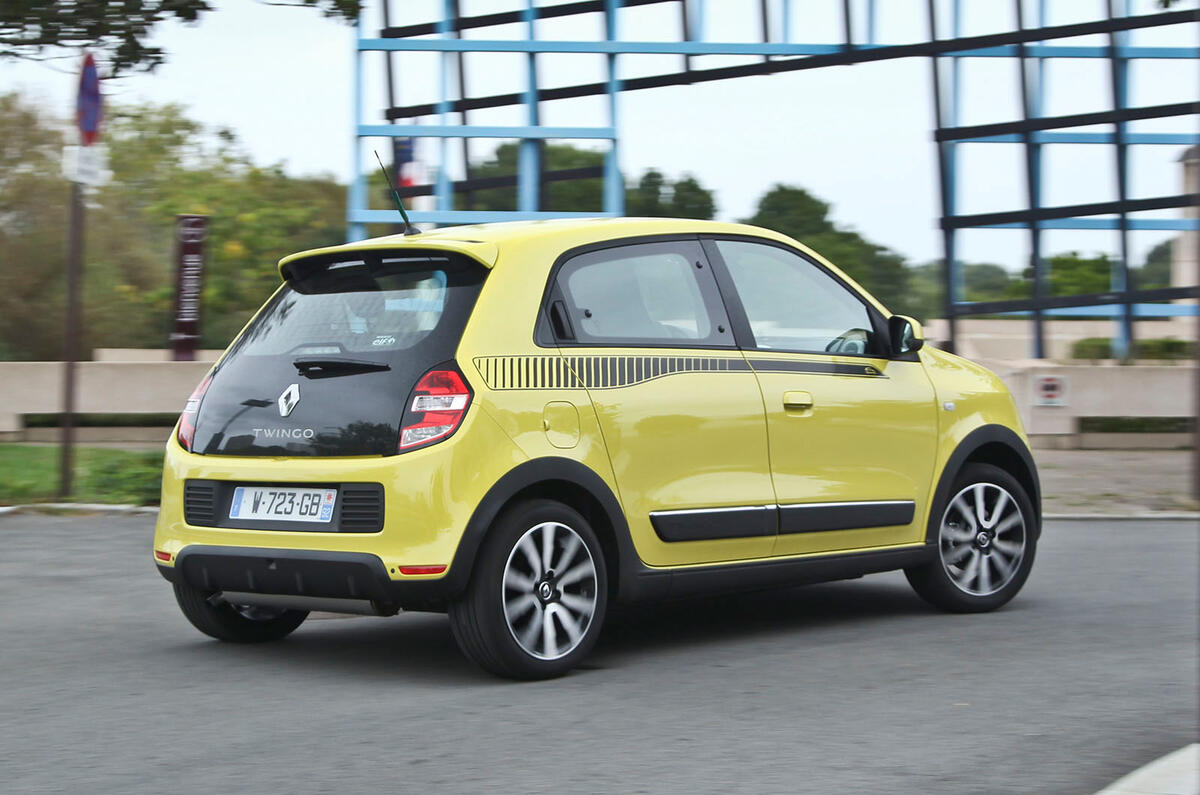
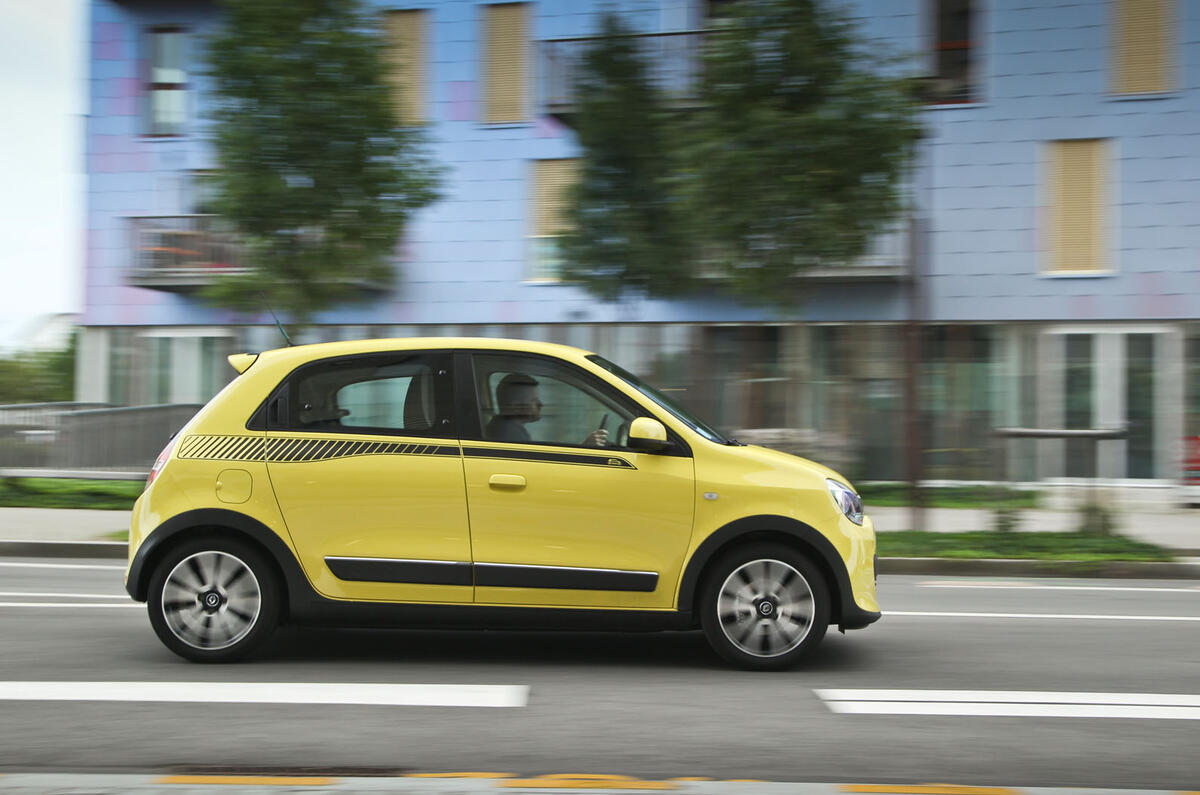
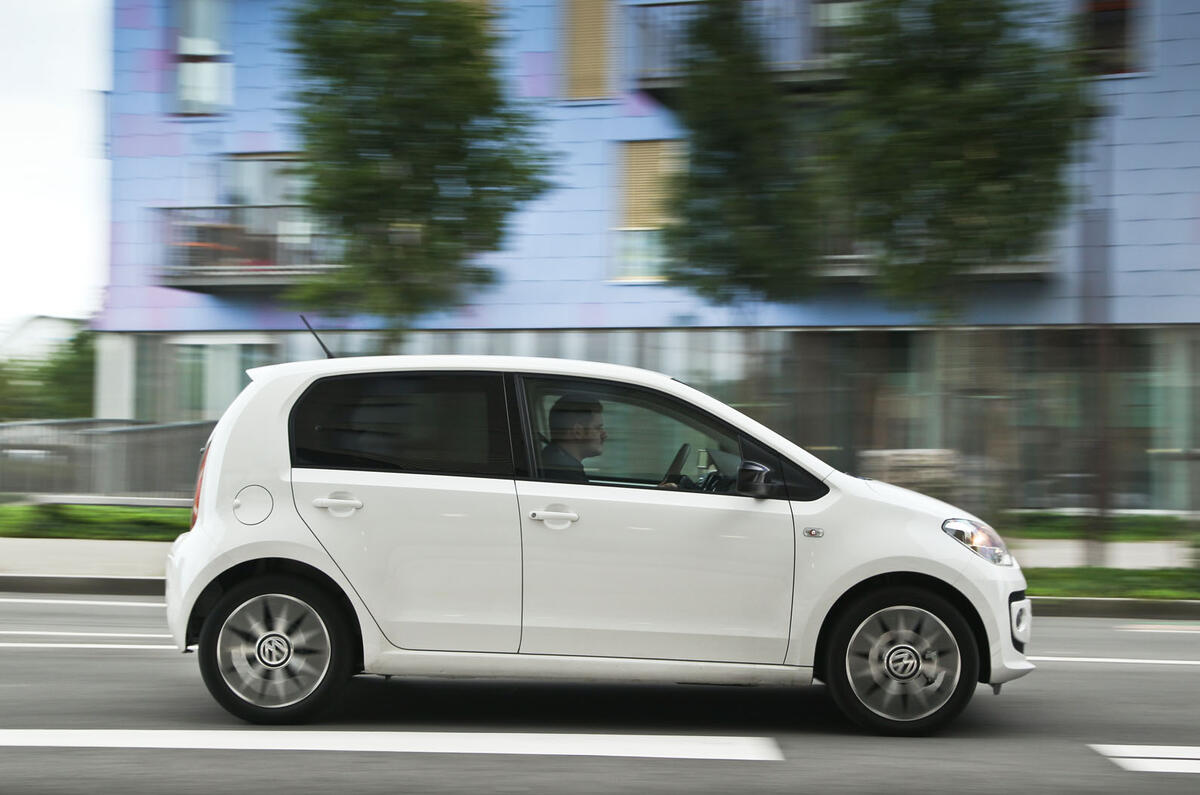
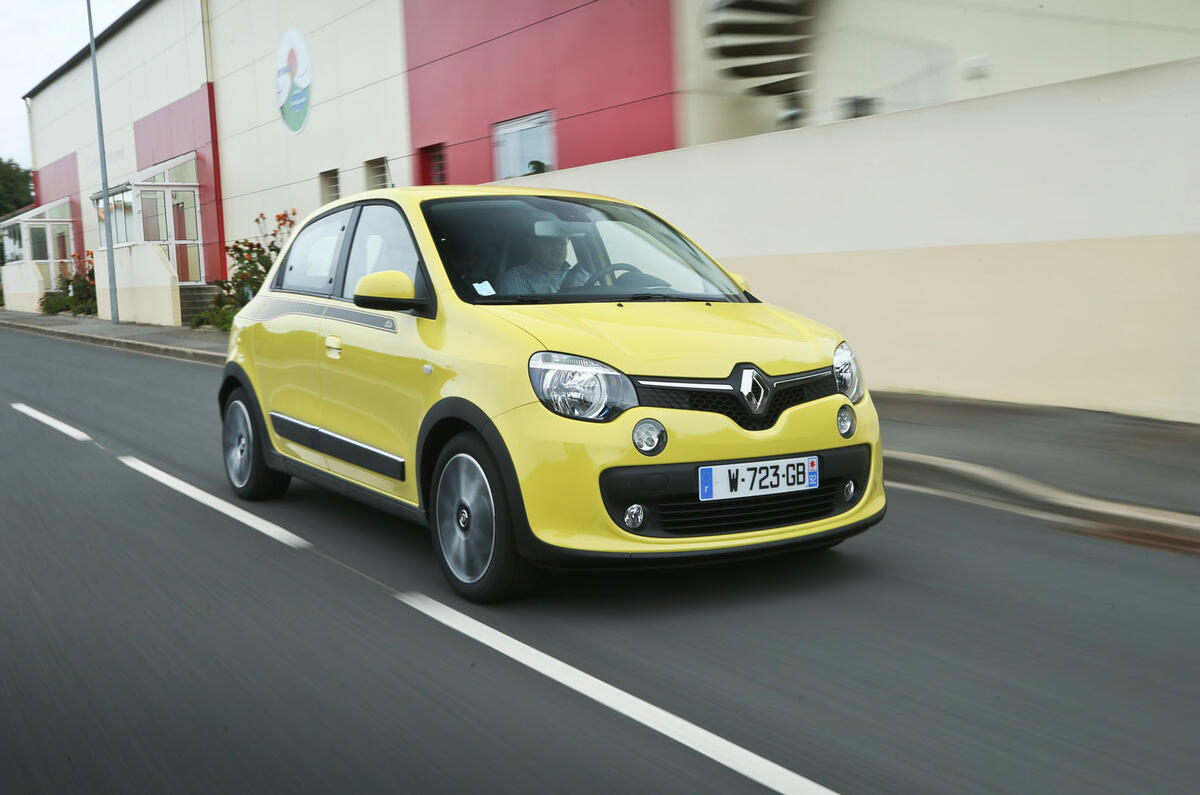
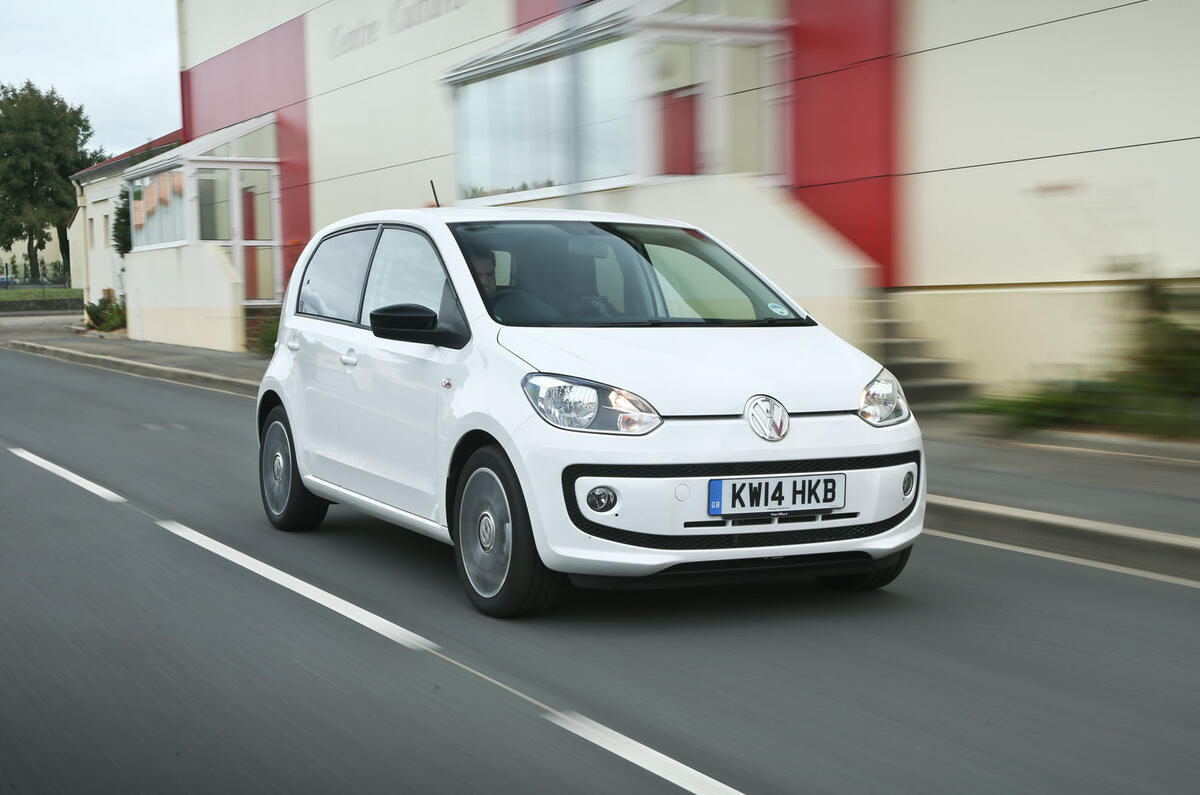
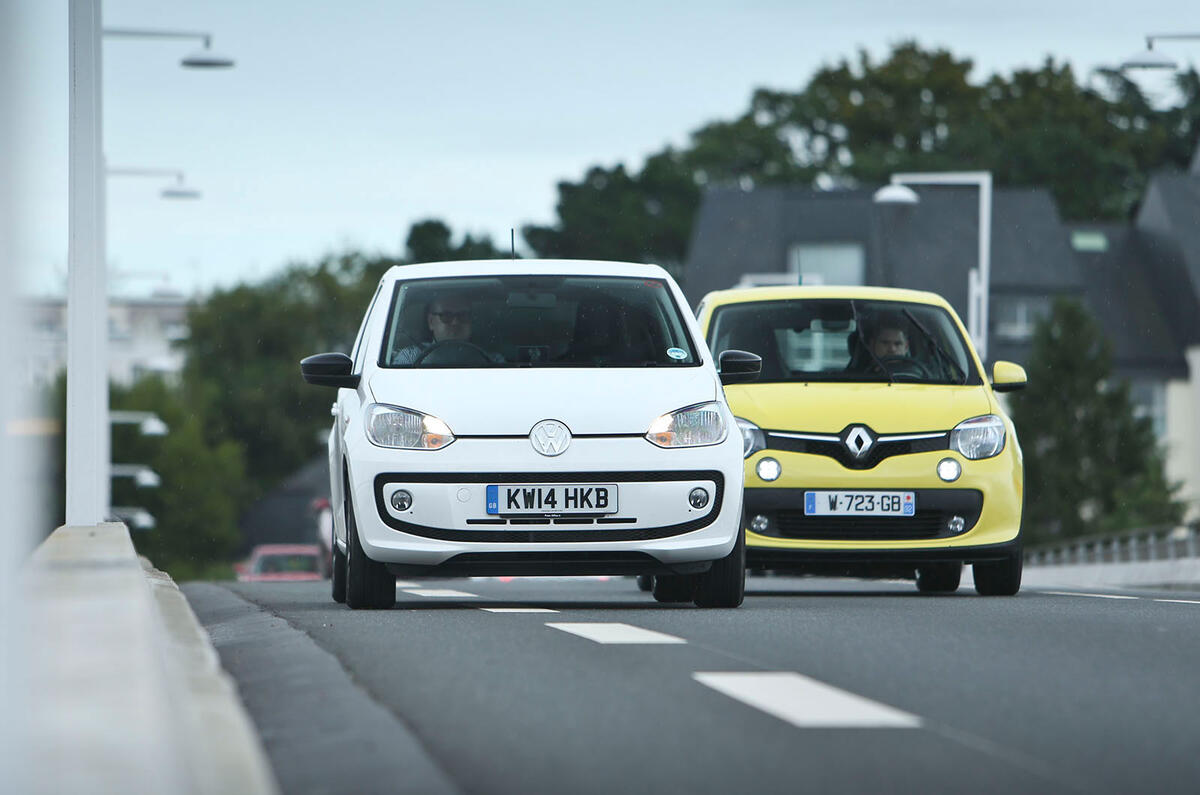
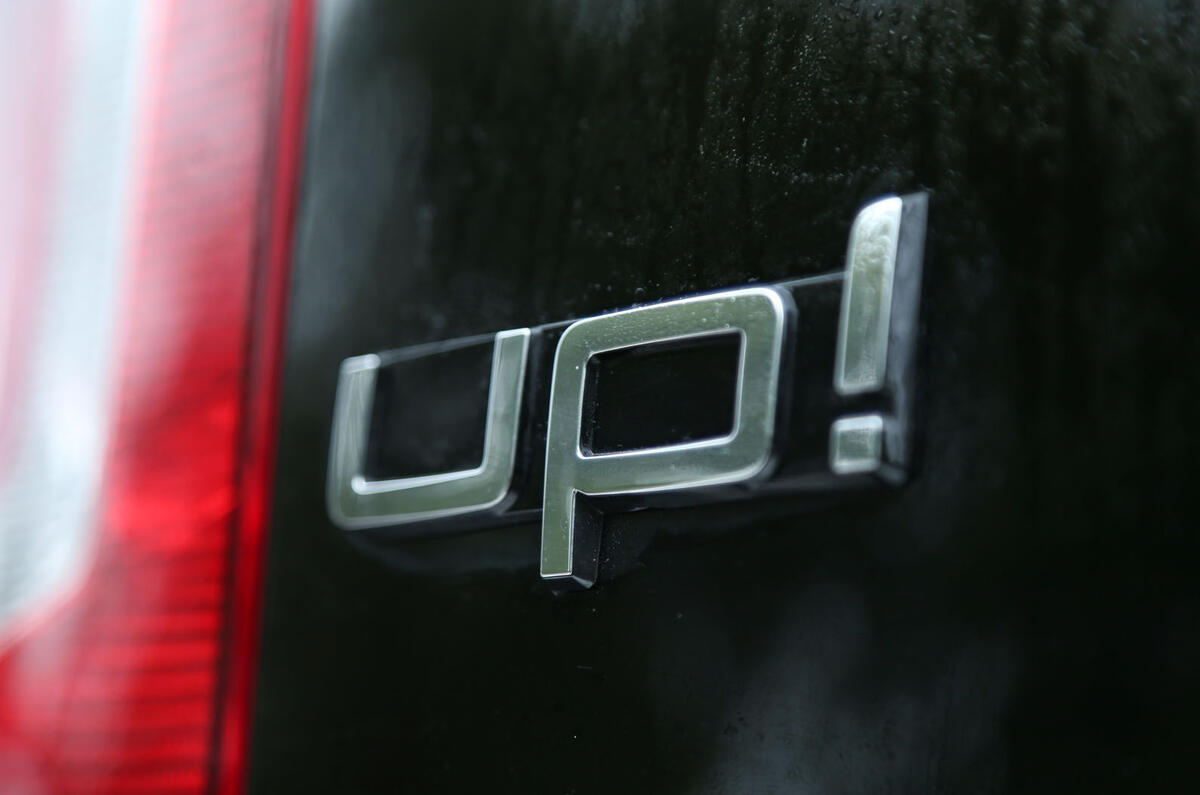
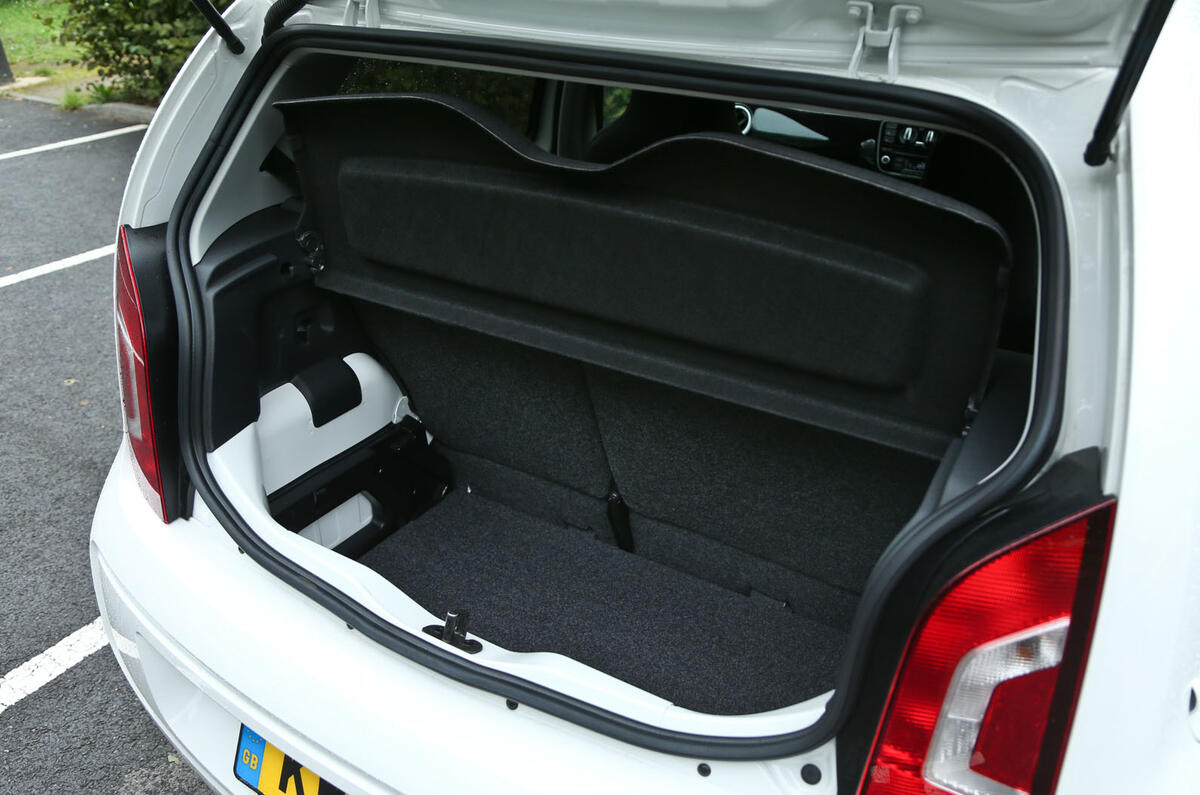
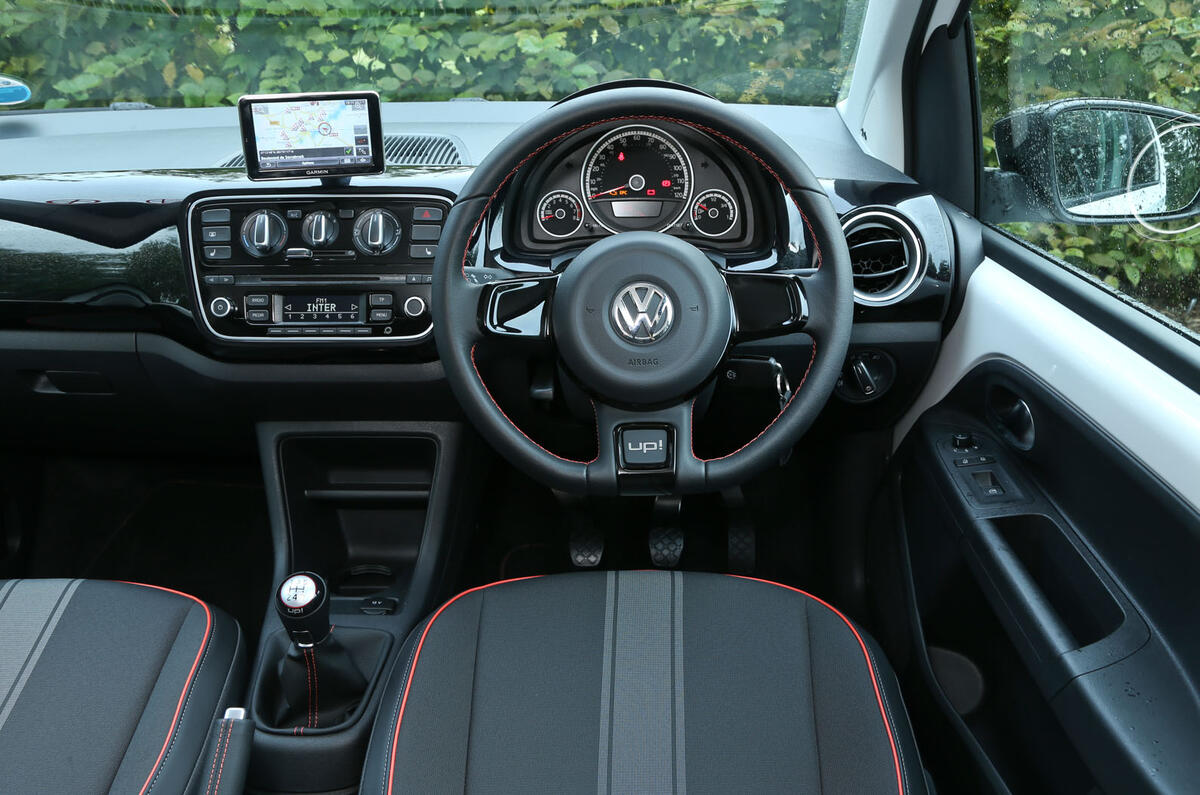
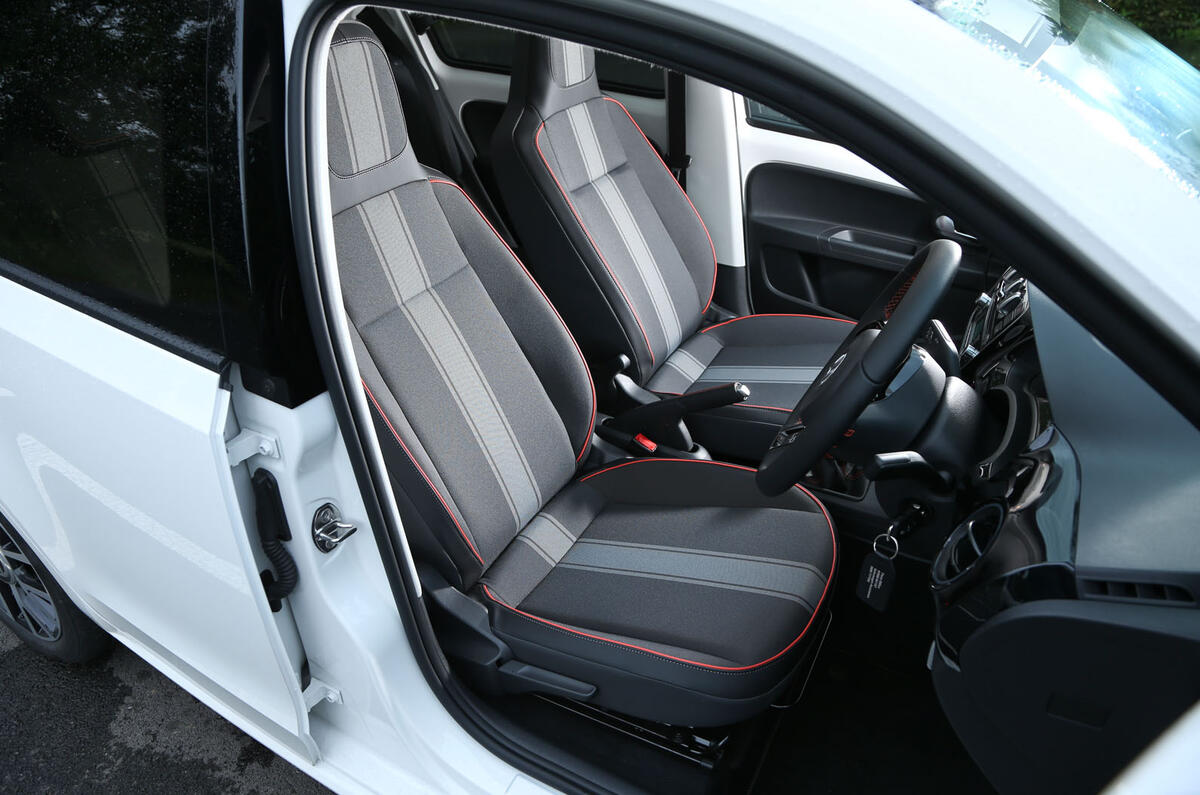
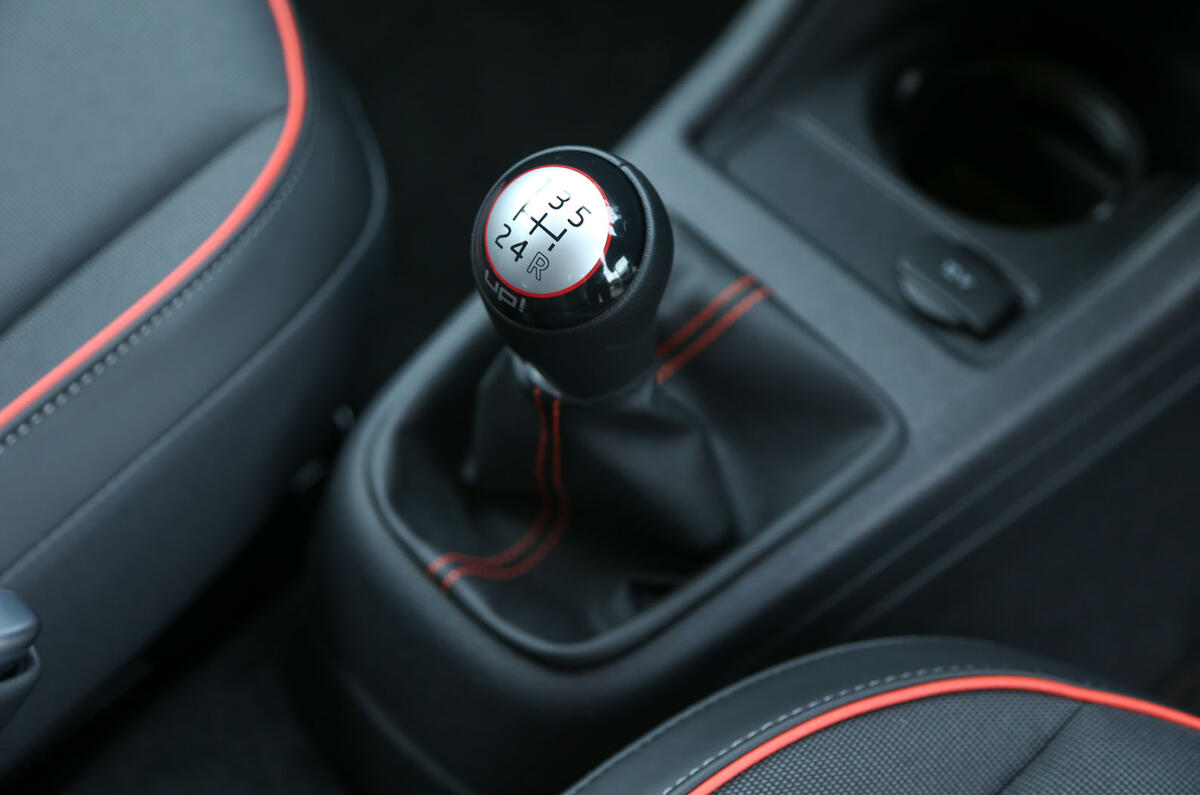
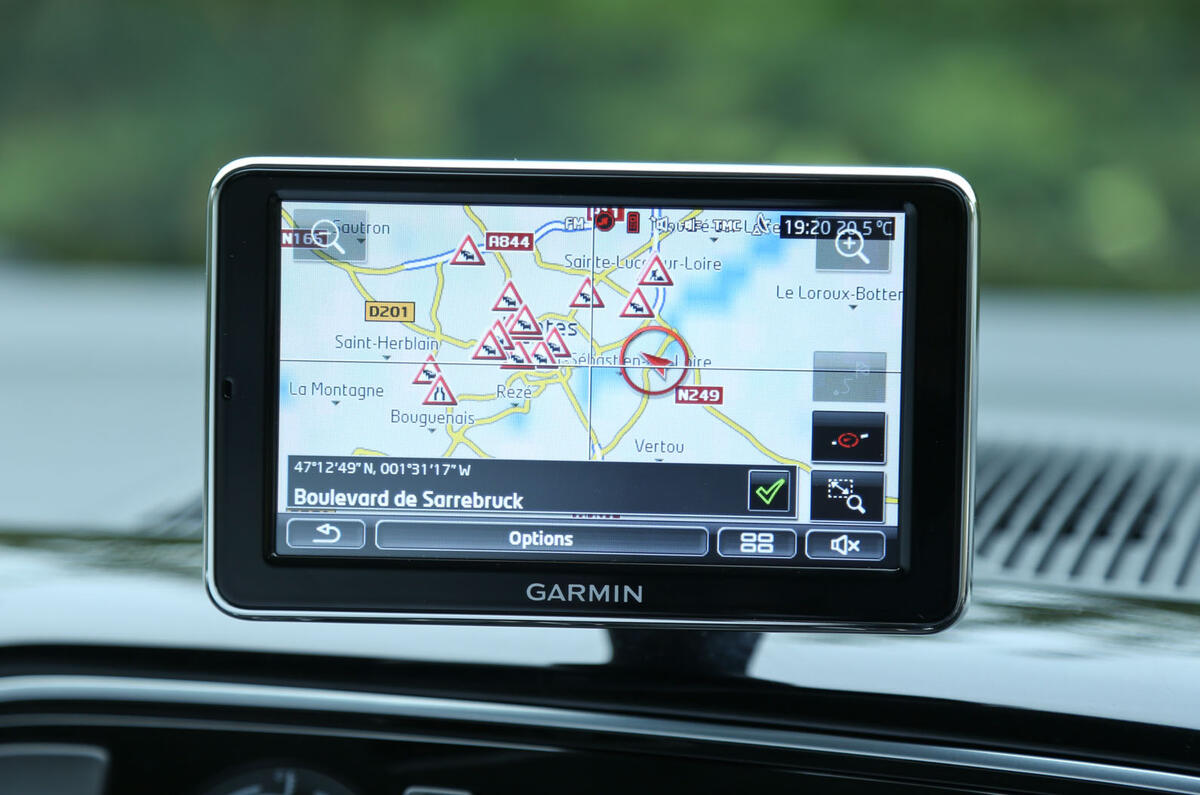
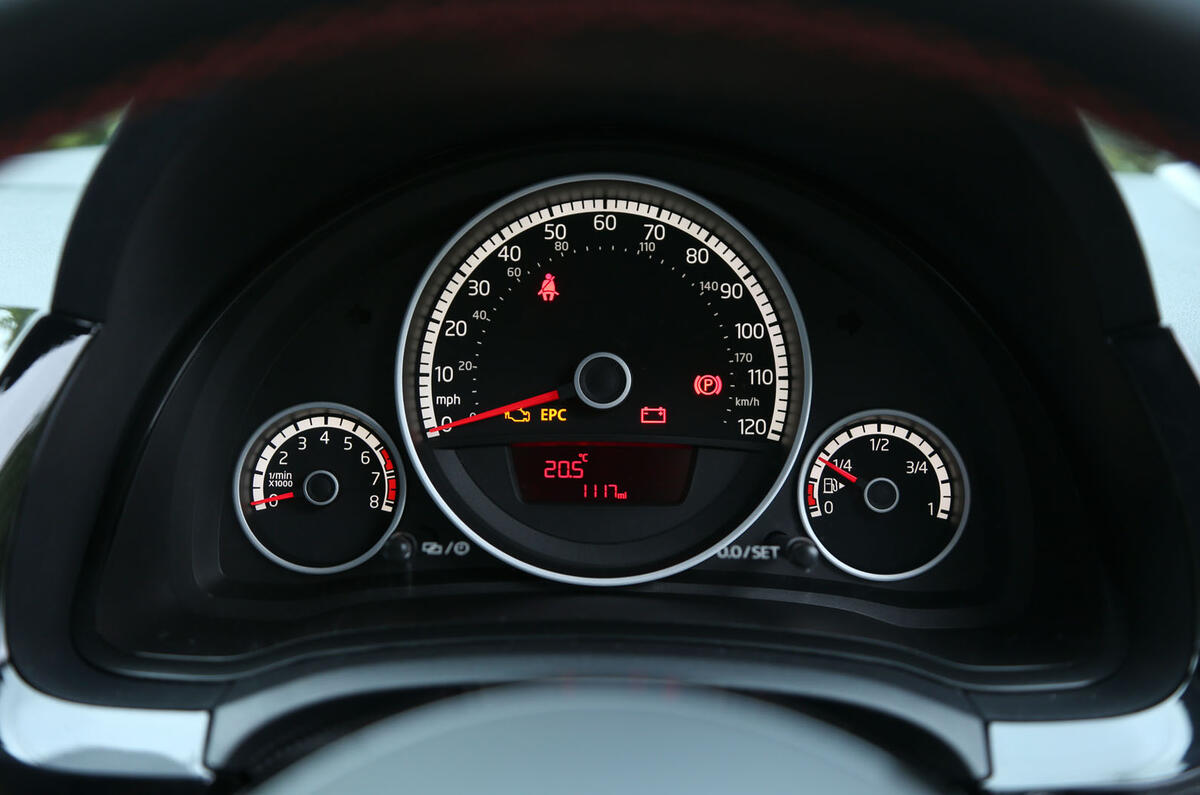
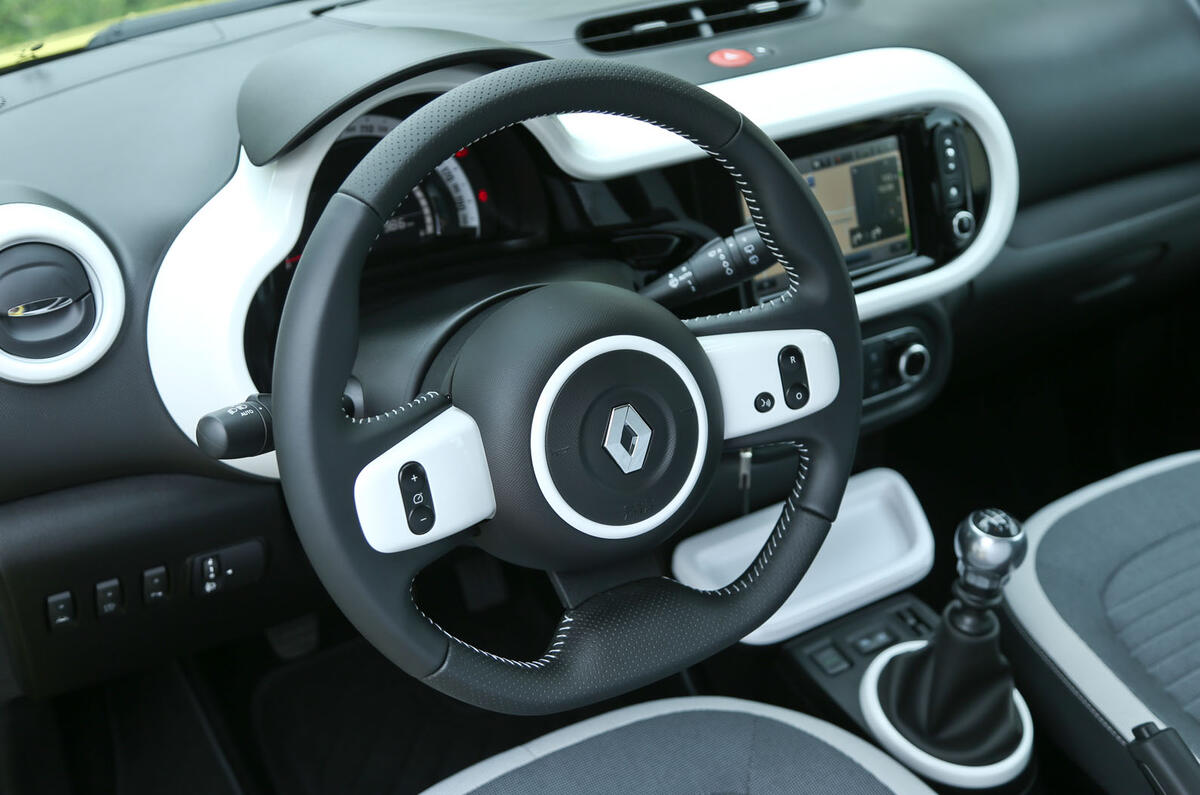
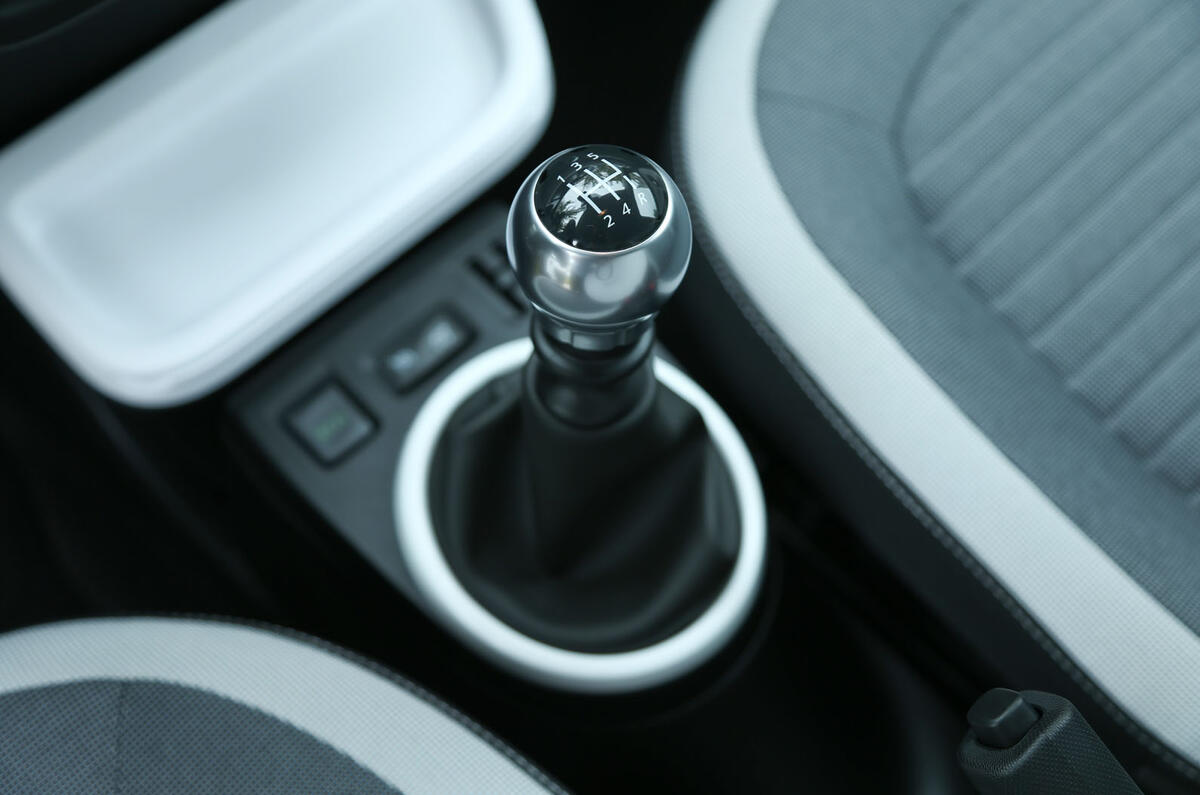
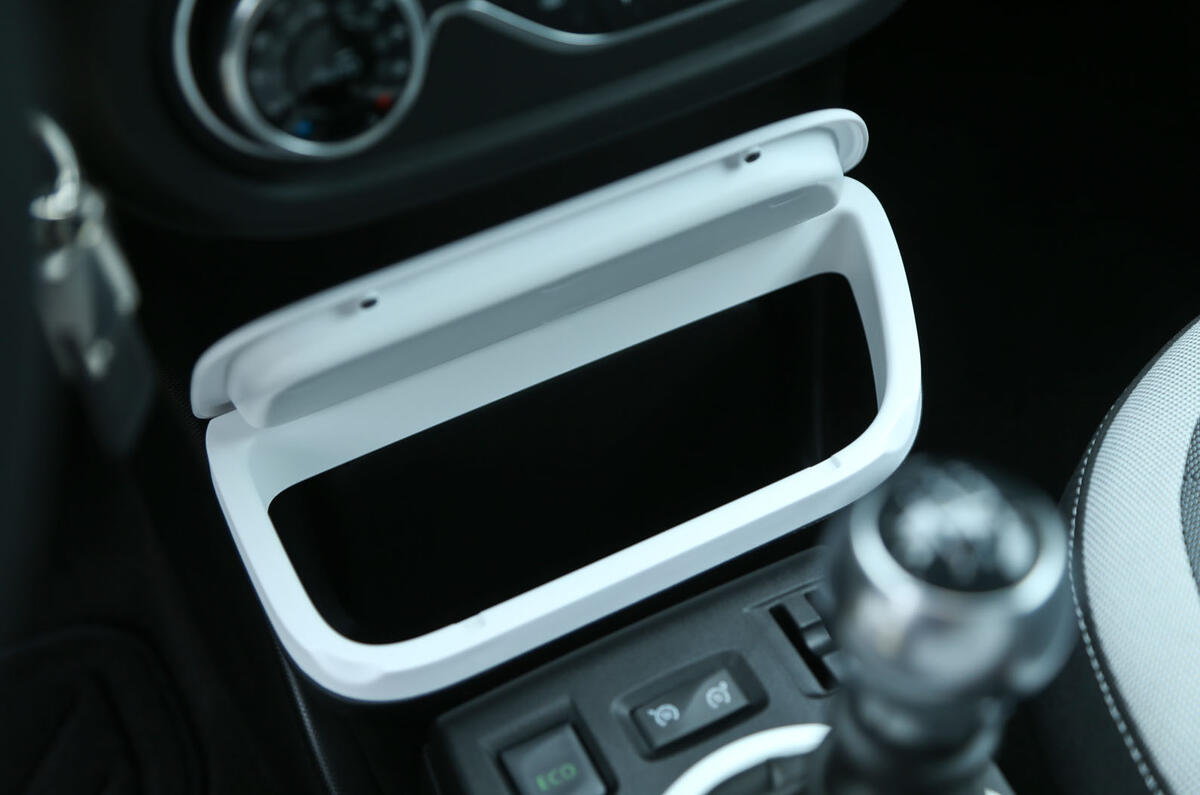
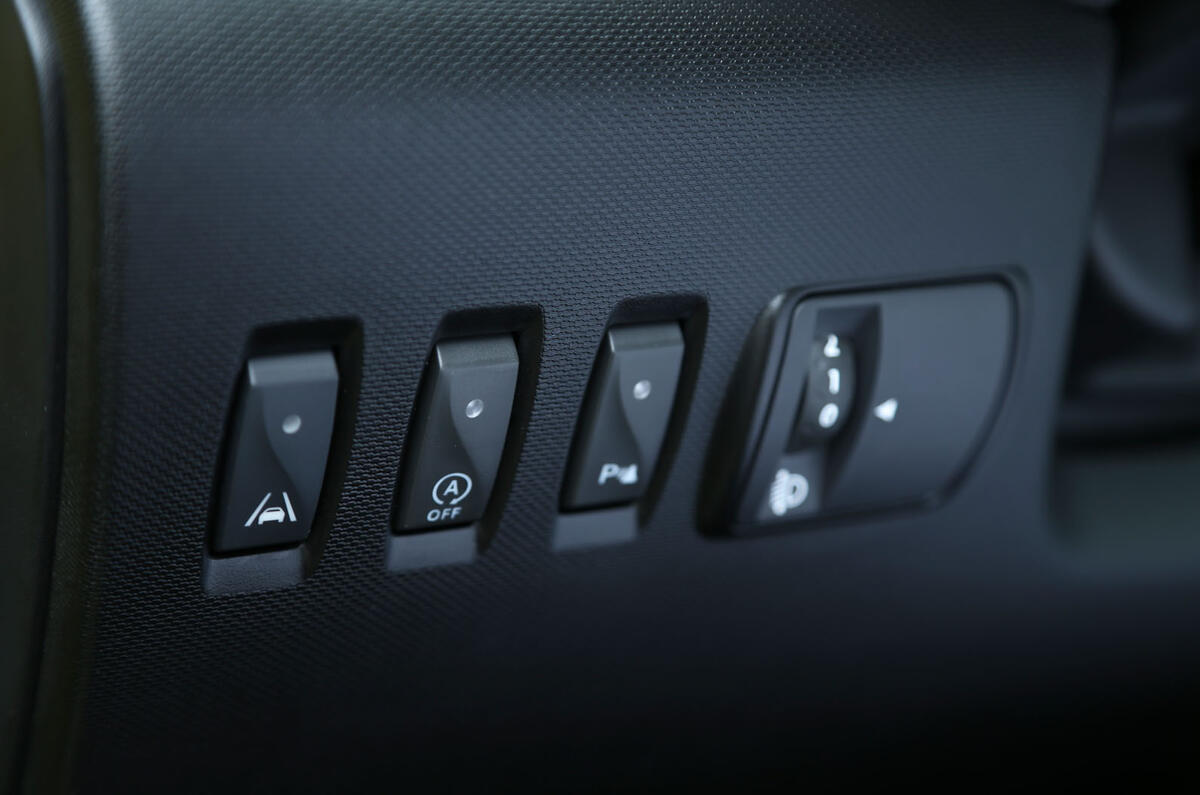
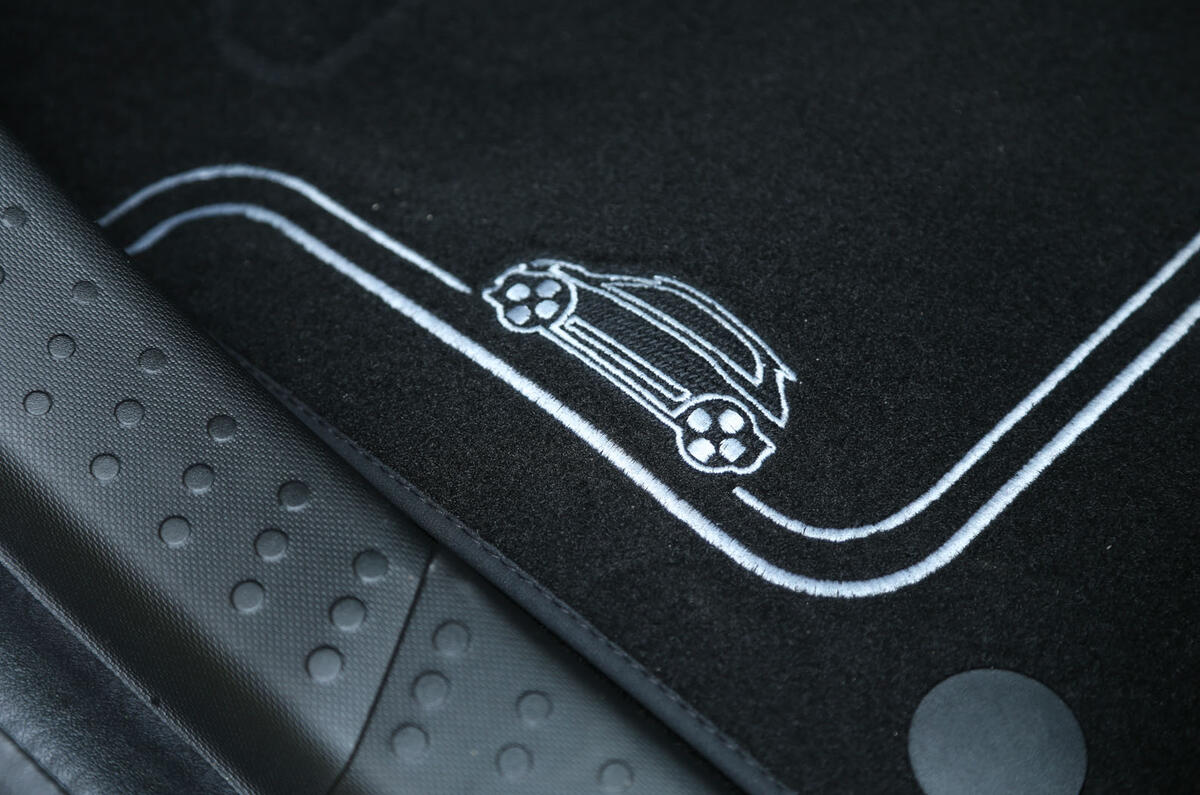
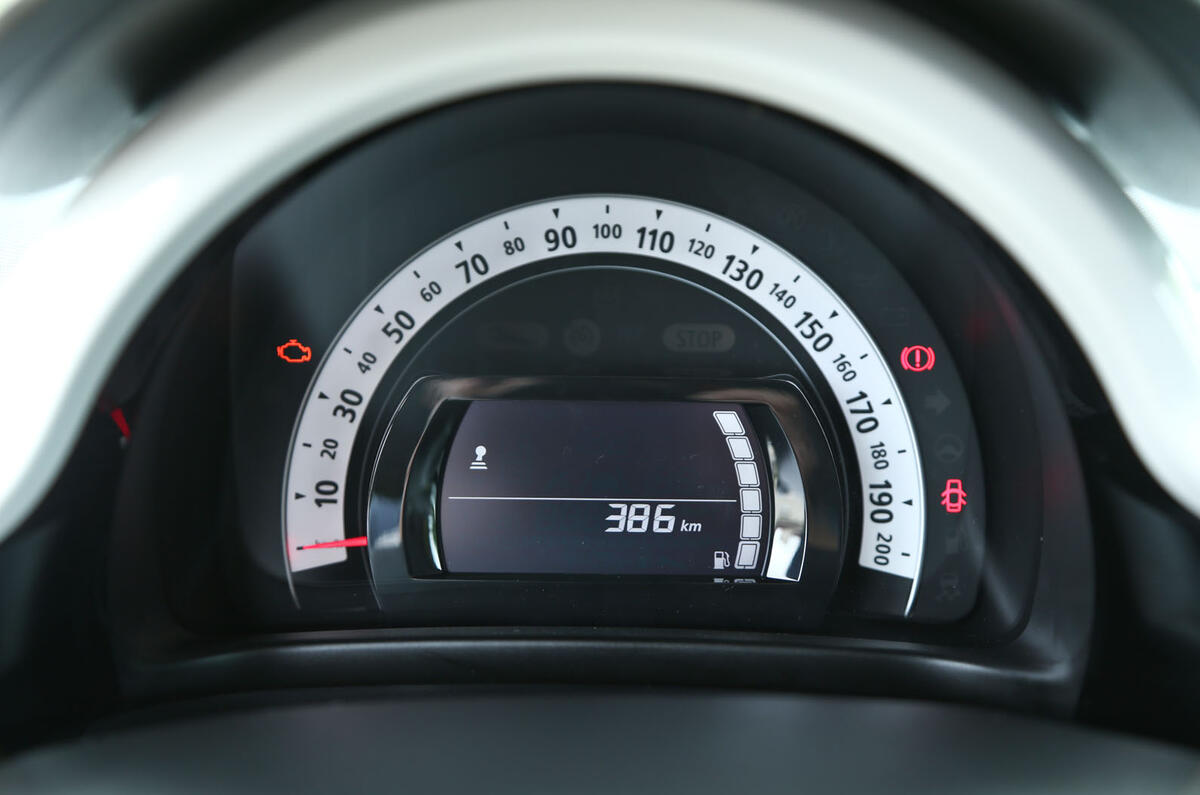
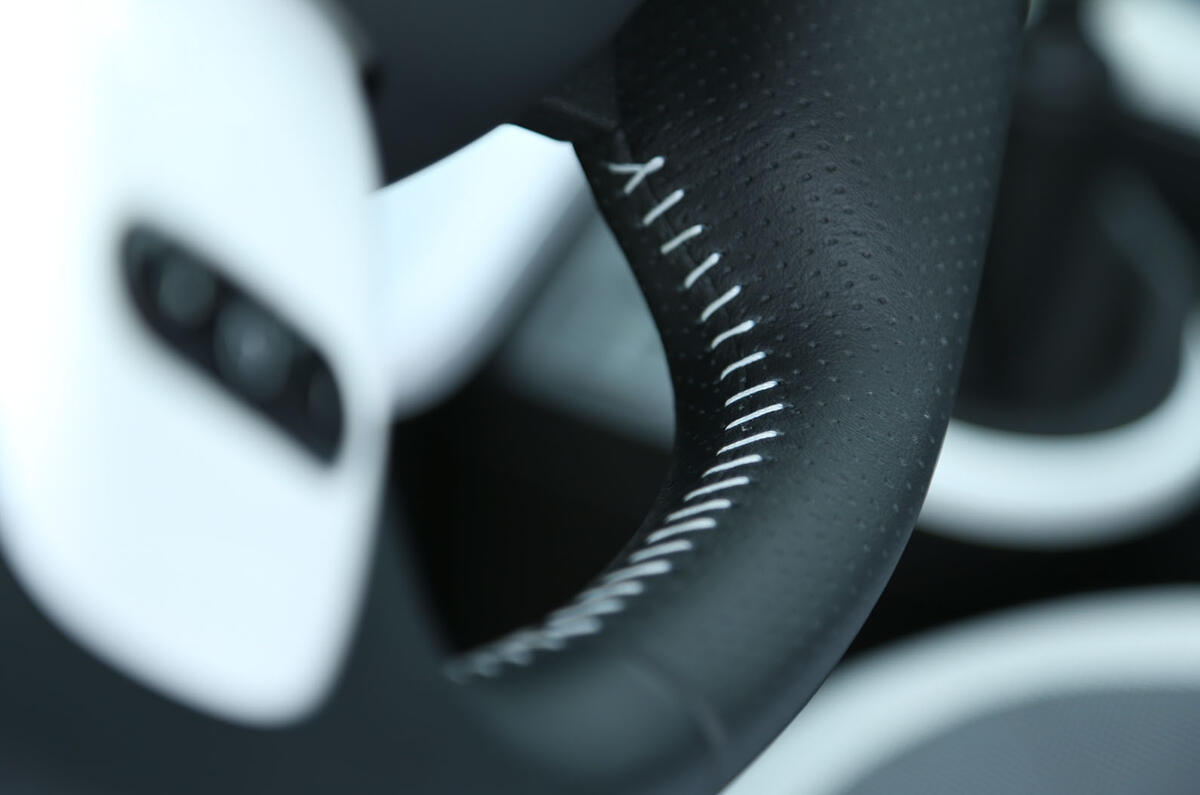
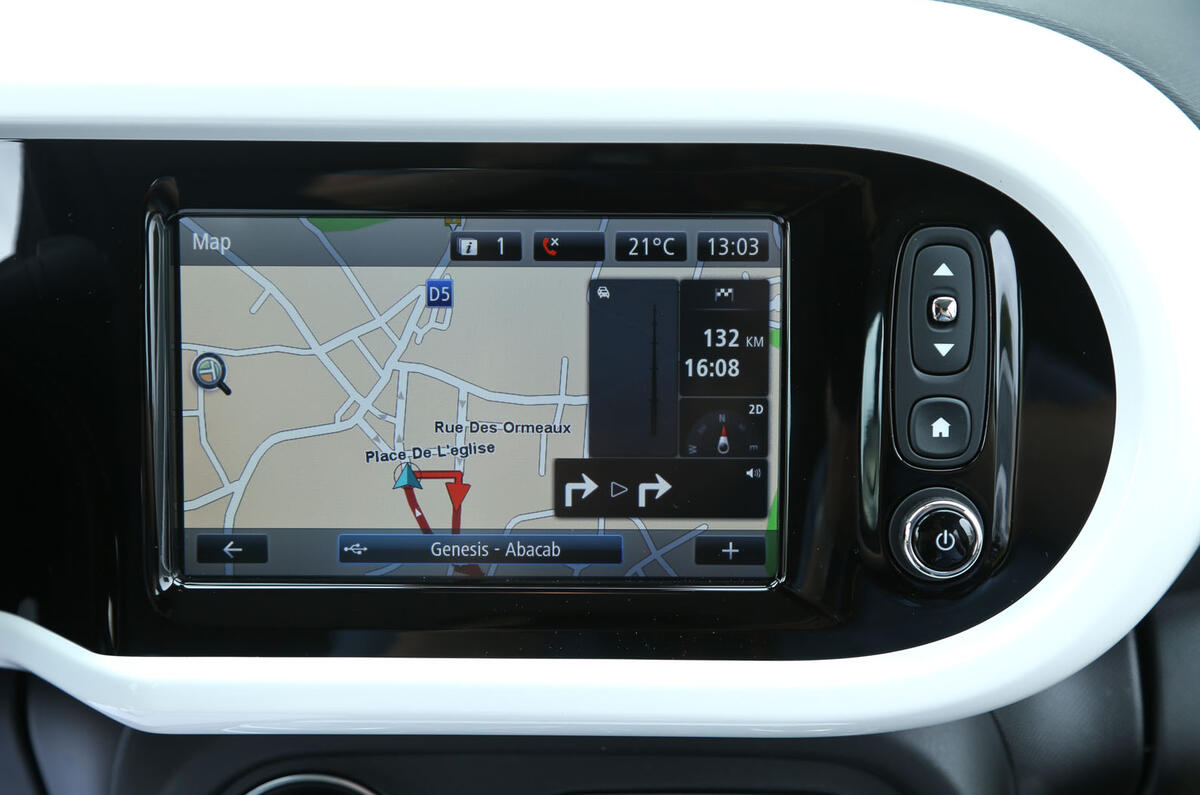
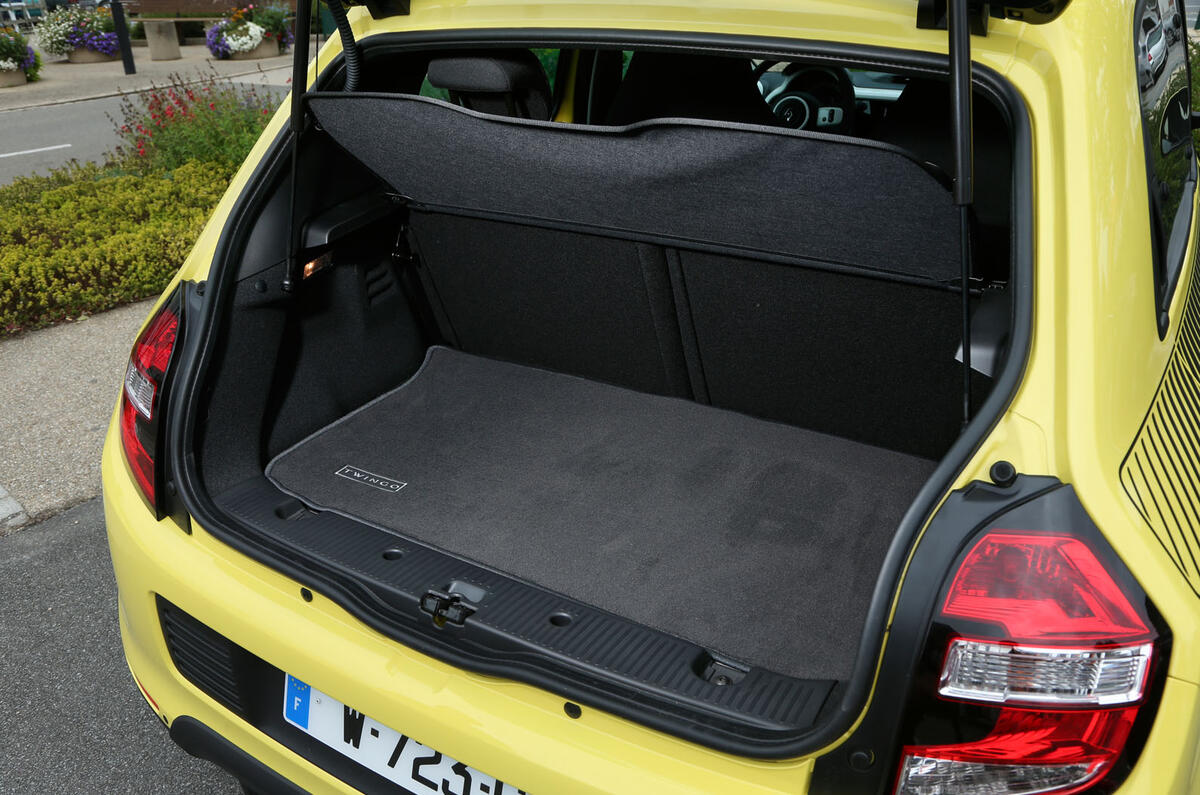
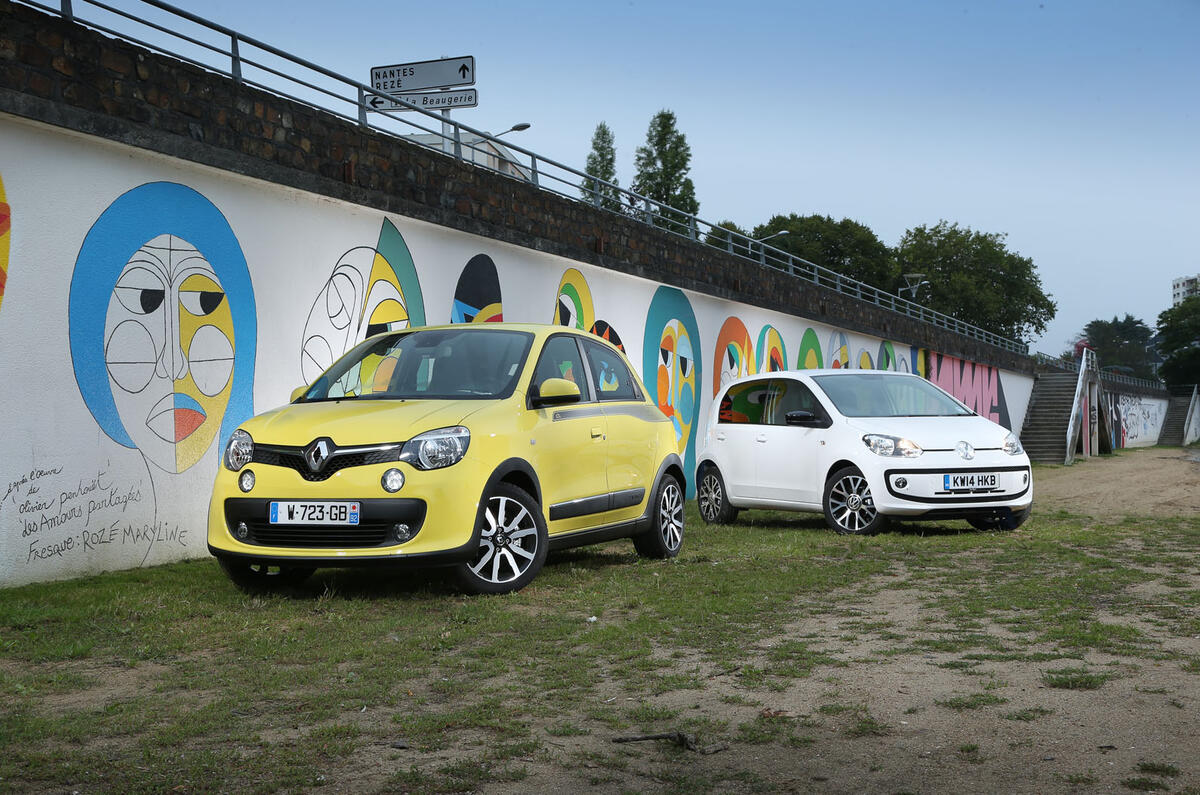
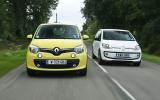
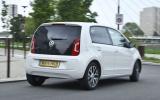
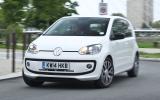
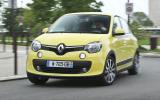
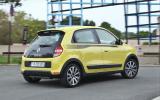
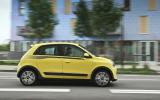
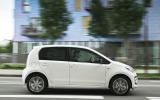

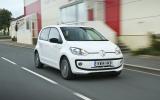
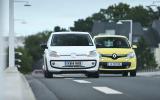
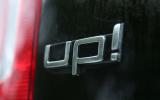
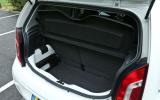
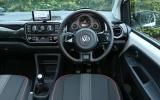
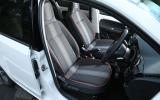
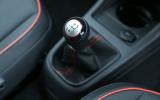
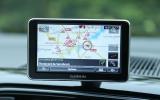
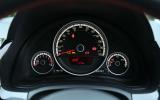
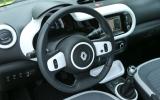

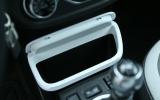
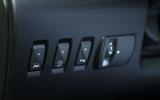
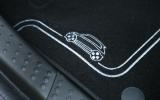


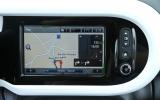
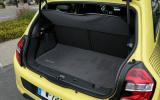
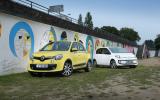



Add your comment
Misinformation
If the VW comes out with an effective draw from its confrontation with the new Twingo, the Skoda would have been an easy, relaxed victor.
Unless you are addressing a bleating flock of "dyed in the wool" badge followers...
Price
Instead of being marketed as
I would agree with the comments about the Mk.1 Twingo. Of course it was probably less safe to have a crash in but the sheer amount of interior space emphasised how bad most German manufacturers are at packaging